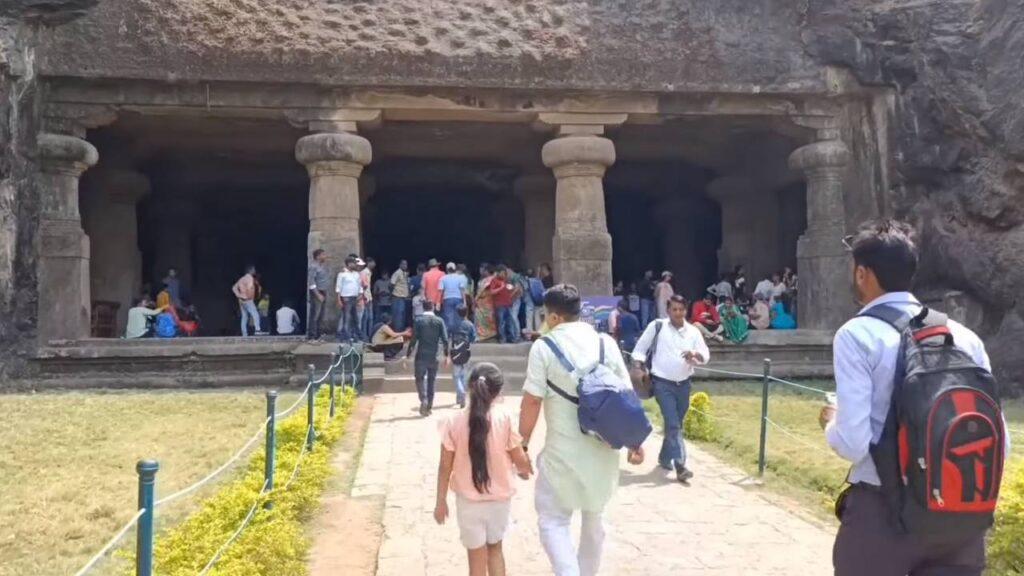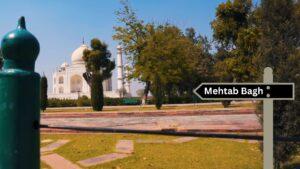Elephanta Caves are one of the most fascinating places to visit in Mumbai, as they showcase the ancient rock-cut architecture and art of India. The Elephanta Caves are located on an island in the Arabian Sea, about 10 km east of Mumbai. The island can be reached by ferry from the Gateway of India, a famous landmark in Mumbai.
Elephanta Caves from the Gateway of India by Ferry!
To reach the Elephanta Caves from the Gateway of India, you need to take a ferry ride that takes about an hour. The ferry service is available from 9:00 a.m. to 2:00 p.m. every day except on Mondays. The ferry ticket costs Rs. 200 for adults and Rs. 100 for children for a round trip. The ticket also includes the entry fee to the island.
Once you reach the island, you need to walk for about 15 minutes or take a toy train ride for Rs. 10 to reach the base of the hill where the caves are situated. You can also hire a porter or a trolley to carry your luggage for a nominal charge. You then need to climb about 120 steps or take a ropeway for Rs. 50 to reach the entrance of the caves.
Elephanta Caves Opening Time & Entry Fees
The Elephanta Caves are open from 9:30 a.m. to 5:30 p.m. every day except on Mondays. The entry fee is Rs. 40 for Indians and Rs. 600 for foreigners. There is no entry fee for children below 15 years. There is also a fee of Rs. 25 for the video camera and no fee for a still camera. You can also book online tickets from their official website.
To reach the Elephanta Caves by Train or Bus
By train: You can take a local train from any station in Mumbai to Churchgate or CST (Chhatrapati Shivaji Maharaj Terminus). From there, you can take a taxi or an auto-rickshaw to the Gateway of India, where you can board the ferry to the island.
By Bus: You can take a bus from any part of Mumbai to Colaba or the Fort area. From there, you can walk or take a taxi or an auto-rickshaw to the Gateway of India, where you can board the ferry to the island.
The Elephanta Caves are a remarkable example of Indian art and culture, and a UNESCO World Heritage Site. They consist of five Hindu caves and two Buddhist caves that date back to between the 5th and 9th centuries CE. The Hindu caves are dedicated to the god Shiva, and feature some of the most impressive sculptures and reliefs of Shiva in various forms and manifestations. The Buddhist caves are smaller and simpler than the Hindu caves, and contain some stupa mounds, water tanks, and sculptures of Buddha.
The Elephanta Caves are a must-see attraction for anyone who wants to experience the history and heritage of Mumbai. They are also a source of inspiration and admiration for visitors from all over the world.







